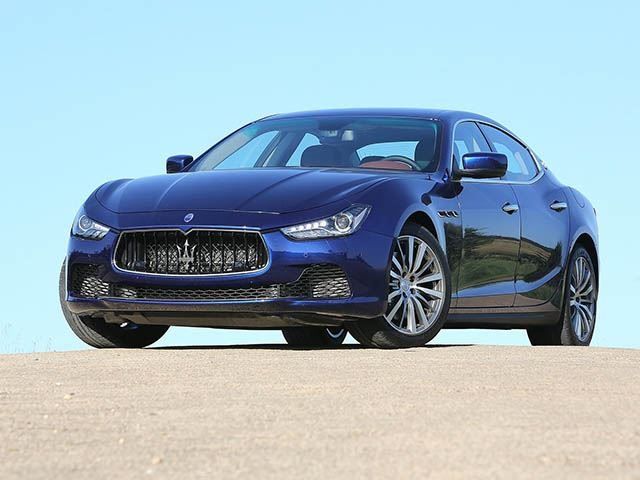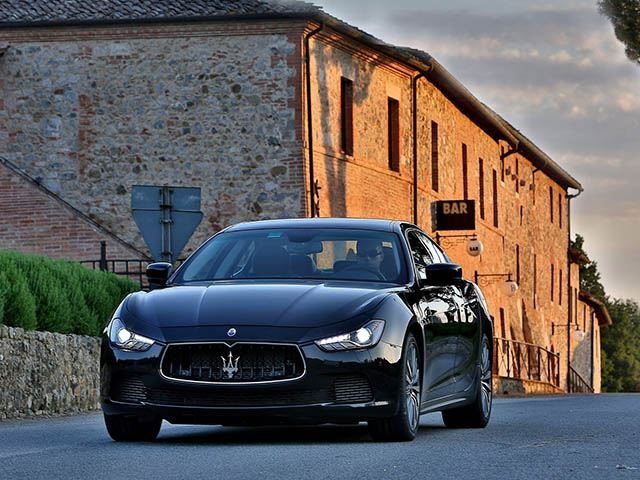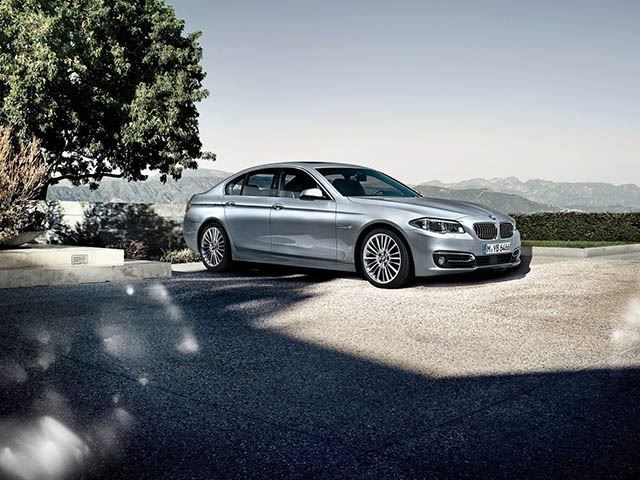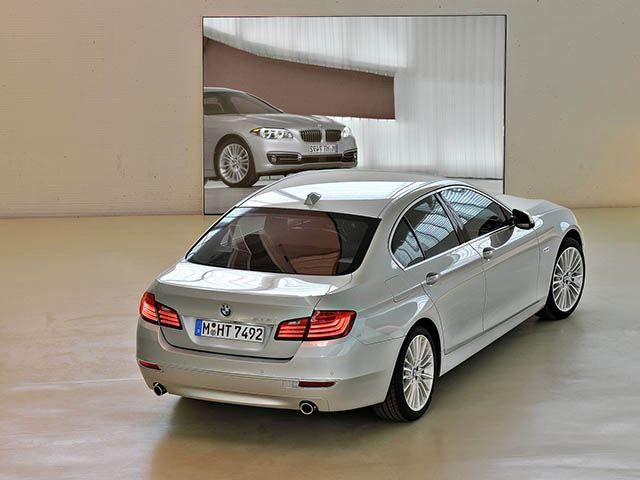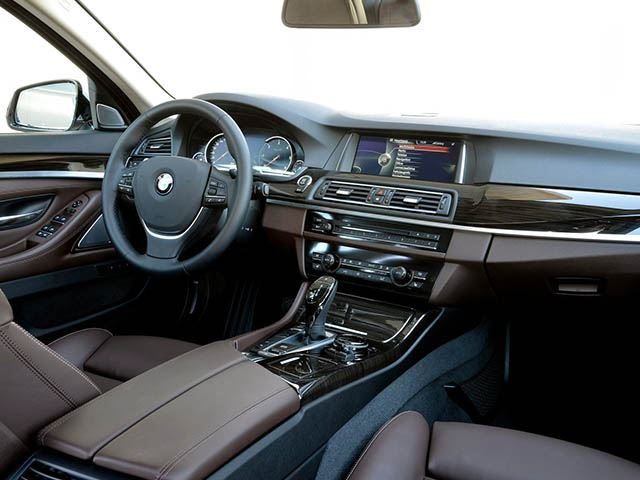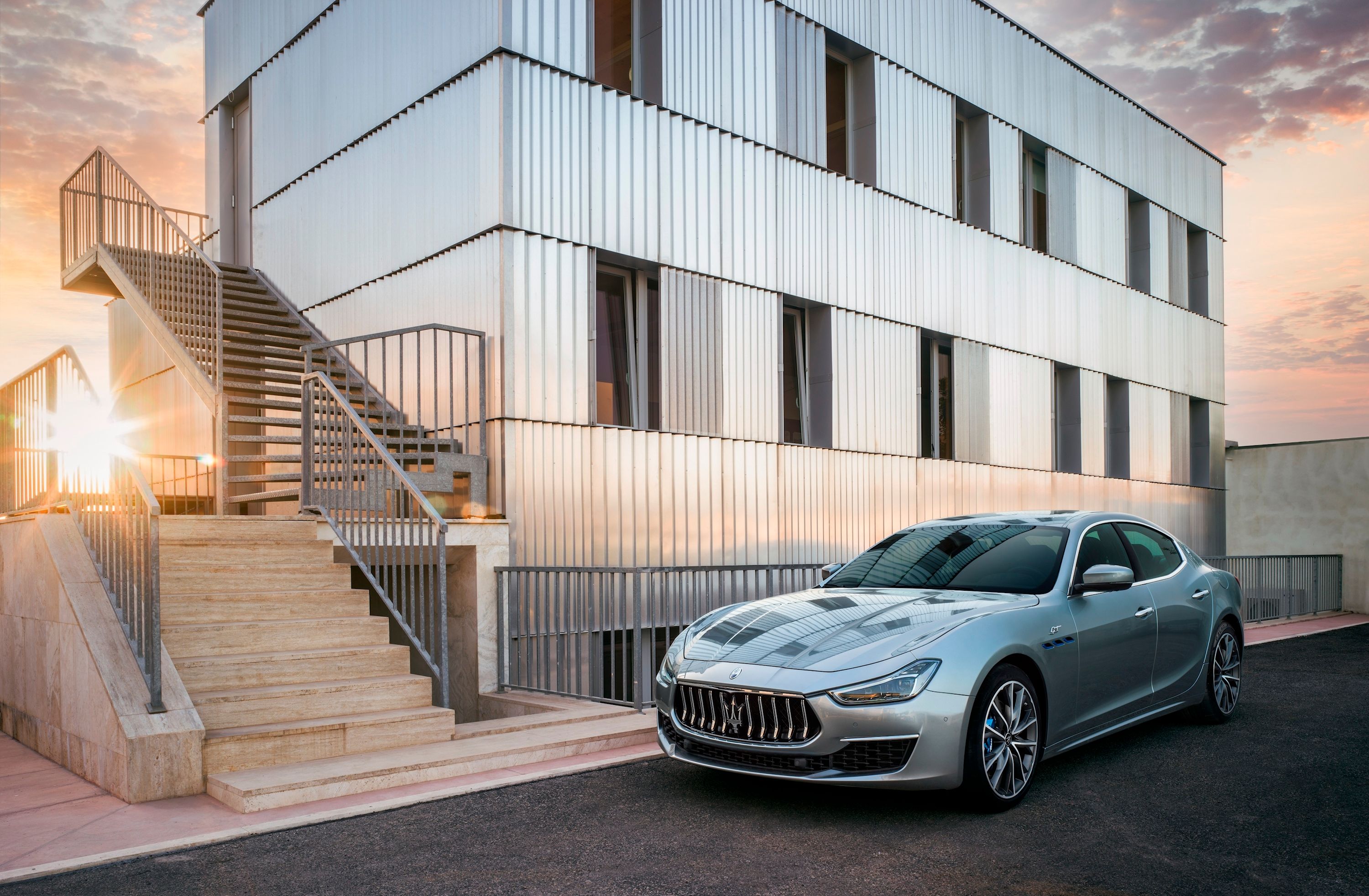
When you bring up the name Maserati in conversation with the average human being who, unlike you, doesn't share the same interest in spending their free time listening to clips of revving Aston Martins, they'll probably nod their heads and tell you its an exotic brand with highly coveted cars. While this is true, it doesn't paint the whole picture. A Maserati may be "exotic" in the sense that its rare and foreign, but there are plenty of examples of fairly average Maseratis that aren't any more special than your average luxury saloon. Such is the case with the Ghibli.
It's the exotic sounding name that does the selling because people associate Maserati with a mix of class, elegance, and rebelliousness. This makes car wash patrons do a double take when the cleaning boy calls out for the owner of a Maserati. A BMW 5 series is a well-respected luxury sedan, but the BMW moniker itself sounds more like something a lawyer or accountant would drive. Meanwhile, it is almost universally assumed that a prerequisite to driving a Maserati is to have a job as a silk importer or a professional dominatrix. That's why no one bats an eye when the car wash employee shouts for the 5 Series' owner. Maserati knows this, and has been using its name to try and sell cars down in the mid-size luxury sedan realm.
This was all part of a plan that was hatched to triple Maserati sales by 2015 at all costs, as per the request of the brand's FCA overseers. This would be all good and well if the Ghibli was a good car that could uphold the value of an exotic name and meet the current day standards for being a good luxury saloon, but it isn't. In a rush to bring the car to market, the Ghibli developers did the one thing you never do when making a quality car: pick things out of the Chrysler parts bin to save time. After all, a navigation system from a Dodge that's been wrapped in leather is still a navigation system from a Dodge. Maserati should have learned this from the TC, but apparently the lesson was quickly forgotten.
While fancier displays of metal (or plastic that looks like metal) cover the inside of the Ghibli, there is still a resemblance to the less than stellar Jeep Cherokee. And then you get to the list of standard features. While a Ghibli competitor like the Mercedes-Benz E-Class has a laundry list of goodies like a panoramic sunroof, massaging seats, lane keeping assist, adaptive cruise control, parking camera, and collision alert with pre-safe braking, the Maserati has none of those things. This lack of options and poorly planned interior does not bode well for Maserati's aspirations to steal customers from Mercedes and BMW. Especially when they are charging $71,000, a price that lies directly in the middle of the Mercedes E-Class and S-Class.
If Maserati should learn anything from the Ghibli, it's that the power of branding can only go so far. To truly infiltrate an automotive segment that is well populated with high-tech options and brands that have been there literally since the first production car was made, name alone only goes so far. It serves to get a foot in the door but it's the refinement that will carry things the rest of the way. This is where the Ghibli falls short, which is disappointing because the luxury mid-size sedan segment is badly in need of legitimate competitors that offer fresh perspectives on these types of cars and don't come from Germany. Maserati had a shot at this, and fell short because just like the TC, a trident badge doesn't magically make a car better.

